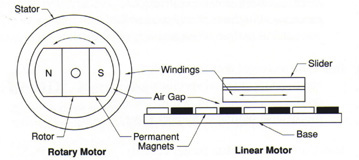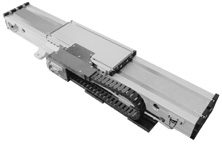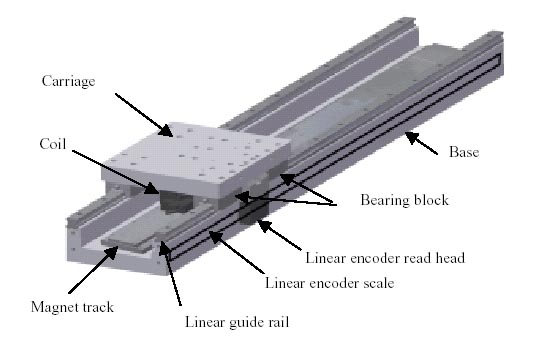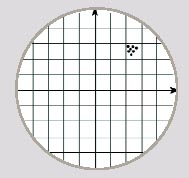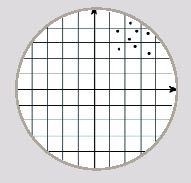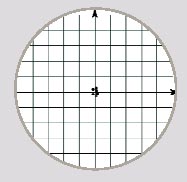Continuous Force (Fc)
The force produced by continuous current (Ic), with coil is attached to an adequate heatsink as specified. At continuous force motor temperature equal to the maximum temperature rating of the forcer
Peak Force (Fp)
The force produced by peak current (Ip) for duration of 1 second
Motor Force Constant (Kf)
This is a figure of merit for motor efficiency. Defines how much force is produced per unit of current. It is the ratio of the continuous force Fc to the continuous current
Max Power Dissipation (Pc)
The continuous power losses of the motor with the continuous current Ic applied to the coil, when motor reached max temperature rating of the forcer with the ambient temperature at 20°C
Maximum Coil Temperature (Tmax)
The maximum rated temperature of the coil 120°C. However, good practice is to limit the continuous current to no more than 80% of the rated continuous current
Back EMF Constant p-p (Ke)
The ratio between the back emf voltage in volt peak to the motor speed
Peak Current (Ip)
The magnitude of the 3 phase sinusoidal currents that need to be applied to the motor to develop the motor peak force (Fp).
Continuous Current (Ic)
The continuous current corresponding to the continuous Force
Resistance l-l @ 20°C
This is the cold coil resistance measured phase to phase (line to line) at 20°C
Inductance l-l (L)
This is the coil inductance measured phase to phase (line to line)
Magnetic Attraction (Fm)
The magnetic attraction force exerted between the coil assembly and its magnet assembly, measured at the nominal air gap.
Forcer Mass (Mc)
The mass of the coil including the standard cable length. For air cooled and water cooled motors it also includes the mass of the cooling tube or cooling plate
Magnetic Track Mass (Mm)
The mass of the magnetic track per unit of length.
